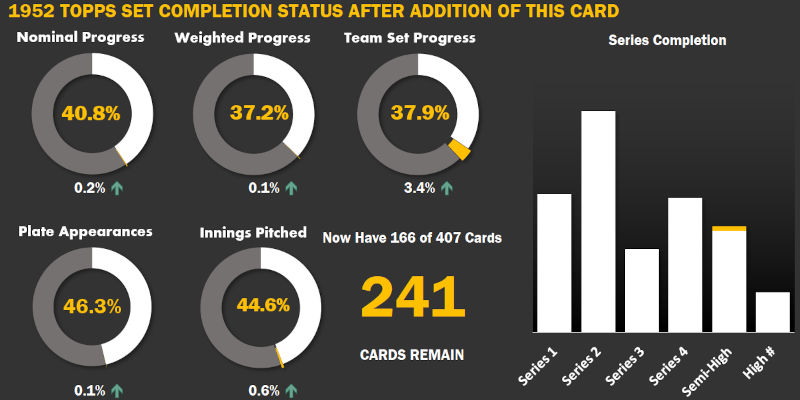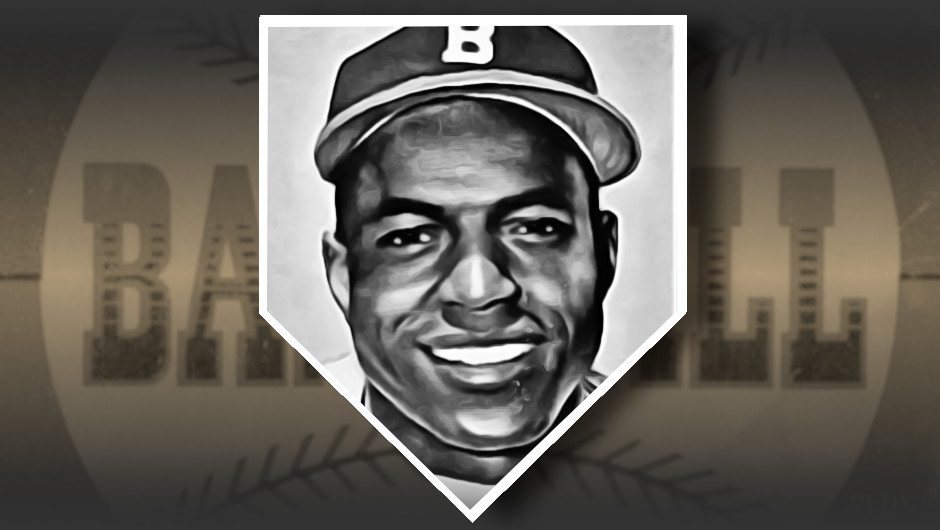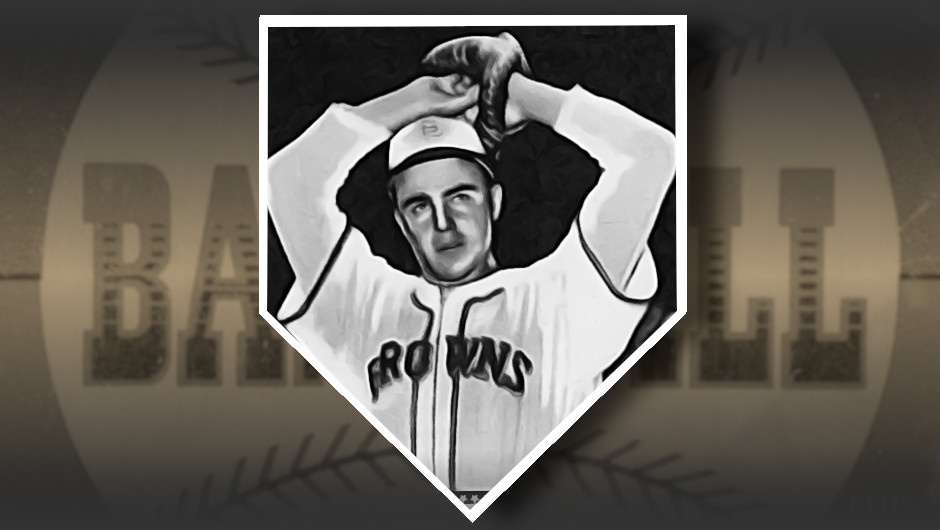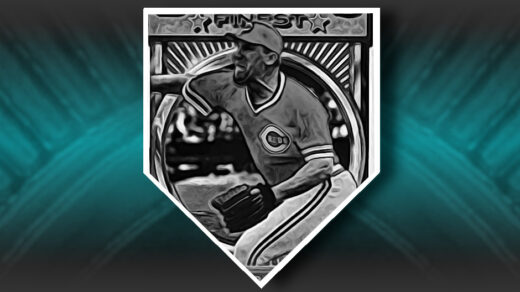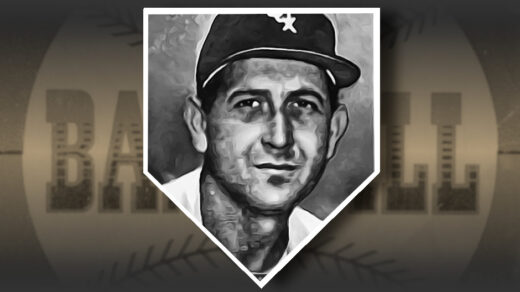Willard Nixon is not generally credited with being a very good pitcher. A career record of more losses than wins and an ERA well into the mid-4’s will do that one’s reputation. He does get a smattering of accolades for having an uncanny ability to win against the New York Yankees, but that’s about the extent of it.
Nixon was a pretty good pitcher, certainly one that you can effectively argue who was above average. He struck out more batters than he walked and had a steadily improving rate of walks per 9 innings over almost the length of his career. He allowed fewer home runs per innings pitched than 85% of his contemporaries. He beats 95% of all MLB pitchers in WAR over the course of his career, ranking 19th out of the 208 guys who took the mound from 1950-1958 and finishing just behind Bobby Shantz, Whitey Ford, and Carl Erskine.
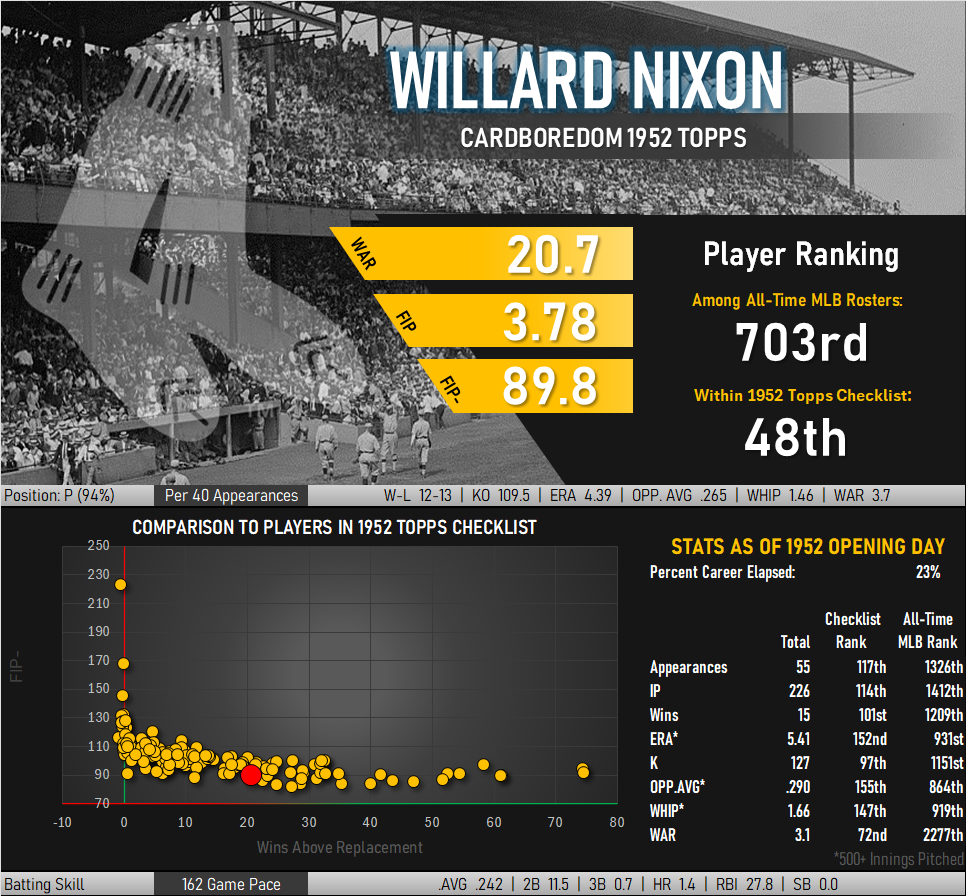
It seems that he wasn’t a bad pitcher, just an unlucky one. That 4.39 lifetime ERA is the result of teams scoring in the relatively few chances that he gave them. From 1950-1958 batters hit .269 on balls put in play against the median pitcher. These balls fell for hits at a much higher rate (.289) for Nixon, a rate worse than 93% of his peer group. His Fielding Independent Pitching metric projects an ERA of more than half a run lower, an outcome that would have served his record much better. As far as I can tell, this is the fourth largest gap for any live ball era pitcher with at least 1,000 innings of in the record books.
Of course, “luck” that falls consistently in one direction can be indicative of something else at work. Statisticians will eagerly tell you that a roulette wheel that comes up black 8 times in a row is equally likely to be red or black on the next spin. A wheel that turns up one color for 1,000 spins instead indicates something is terribly wrong with the wheel itself. Nixon truly was the victim of batters being lucky when they made contact against him, but the ability of the resulting runners to score wasn’t as random. Nixon frequently lost his poise in these situations, giving up consecutive hits interspersed with shouting and thrown objects.
Maybe His Hand Was Tired?
Nixon wasn’t known just for his ability to throw a ball He was also recognized as being rather talented in the handwriting department. Like all major leaguers in Boston, Nixon was required by management to sign bushels of baseballs to be given away in promotional events and used as gifts for visiting dignitaries. Most players hated the mandatory signing sessions and looked to get out of them. Nixon became known among his teammates as being willing to sign the names of other players on these items and many autographs originating from the Boston clubhouse in this era are his handiwork. Ben Bradlee, Jr.’s biography of Ted Williams, The Kid, includes a quick aside about Williams paying a teammate to sign on his behalf for hours at a time. Similar stories emerge about Nixon’s literary activities in his New York Times obituary from a clubhouse attendant and pitcher Mel Parnell.
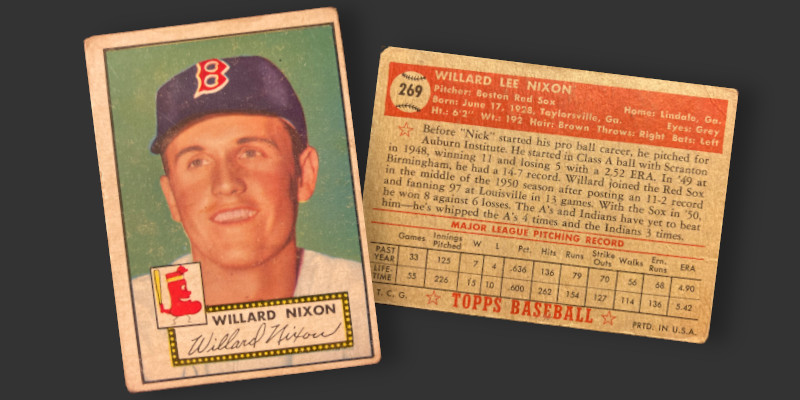
Given this background, the facsimile signature in the nameplate of Nixon’s 1952 Topps card takes on extra significance. The biographical text on the back mentions that he had never been beaten by the Philadelphia Athletics or Cleveland Indians. What a coincidence! I too have never been beaten by those teams, though Nixon apparently faced them 7 times while I haven’t even attended that many major league games.
